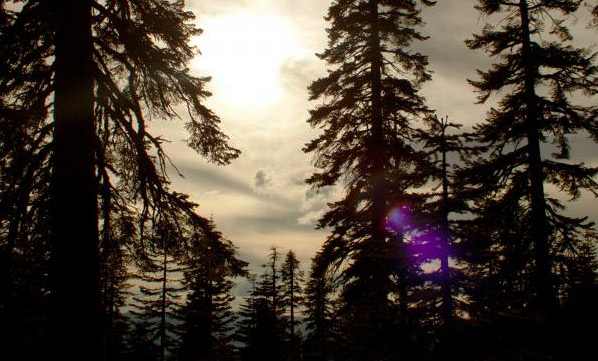The meteor that exploded over Siberia on Tuesday, December 6, 2016, could be up to 10 - 15 meters (33 - 50 feet) in diameter, Russian News Agency quoted a leading Russian space scientist.
"Obviously, the meteorite wasn’t big. Judging by the fact that it burned up or exploded before reaching surface, it’s obvious that it can hardly be more than 10 or 15 meters in size and that apparently it is not made of iron," Head scientist of Space Research Institute (IKI) of Russian Academy of Sciences Natan Eismont said.
This is far less in size than 20 - 40 m (65 - 131 feet) wide meteorite that exploded over Chelyabinsk in February 2013 and crashed into Lake Chebarkul.
The Novosibirsk Planetarium’s Director, Sergei Maslikov, told TASS on Wednesday that yesterday's object went undetected by ground telescopes as there are not enough astronomical observatories in Siberia.
"No one carries out astronomic research in that area, unfortunately. Krasnoyarsk is the closest city but there is neither a planetarium, nor an observatory there," he said.






 There will be, at least, two special celestial events during March 2016 - total solar eclipse at 01:58 UTC on March 9 and penumbral lunar eclipse at 11:48 UTC on March 23.
There will be, at least, two special celestial events during March 2016 - total solar eclipse at 01:58 UTC on March 9 and penumbral lunar eclipse at 11:48 UTC on March 23.

 February 2016 starts with the conjunction between the Moon and Mars. The pair will be located in the constellation Libra and visible to the naked eye or through a pair of binoculars on February 1.
February 2016 starts with the conjunction between the Moon and Mars. The pair will be located in the constellation Libra and visible to the naked eye or through a pair of binoculars on February 1.